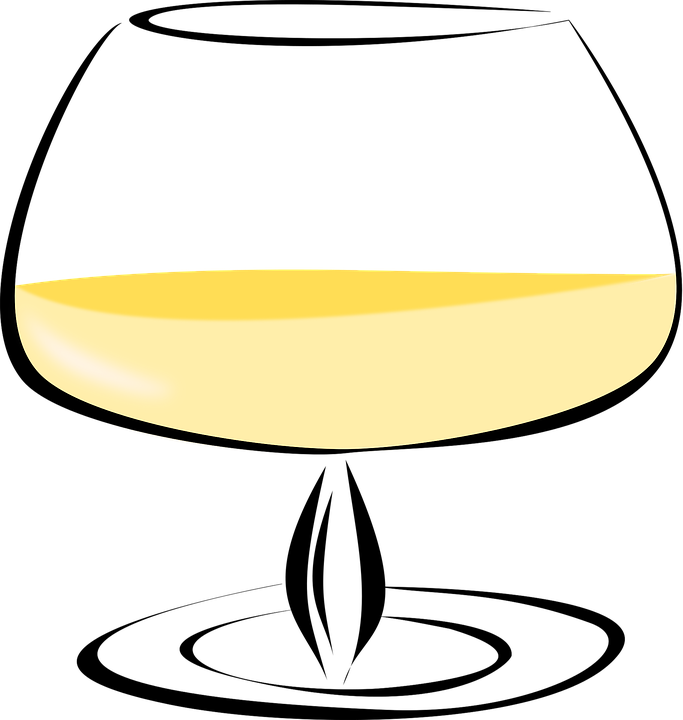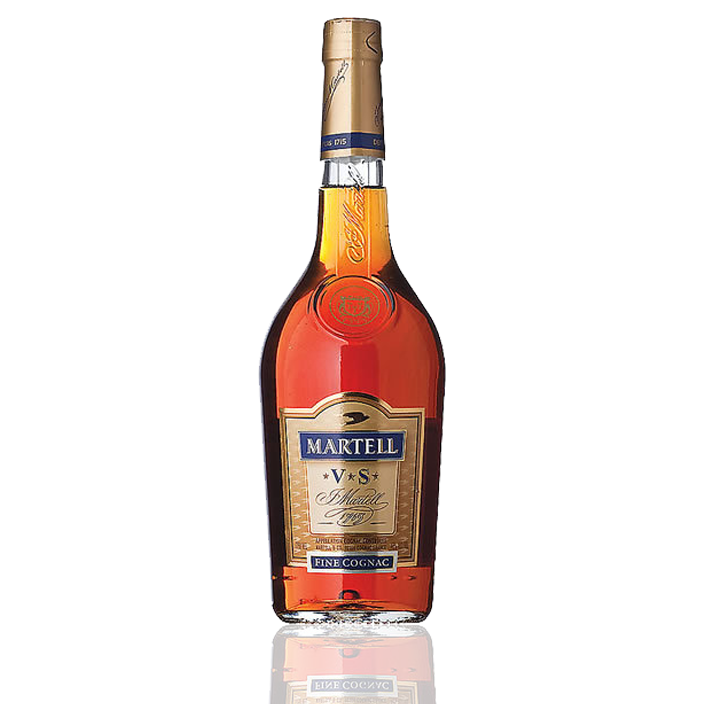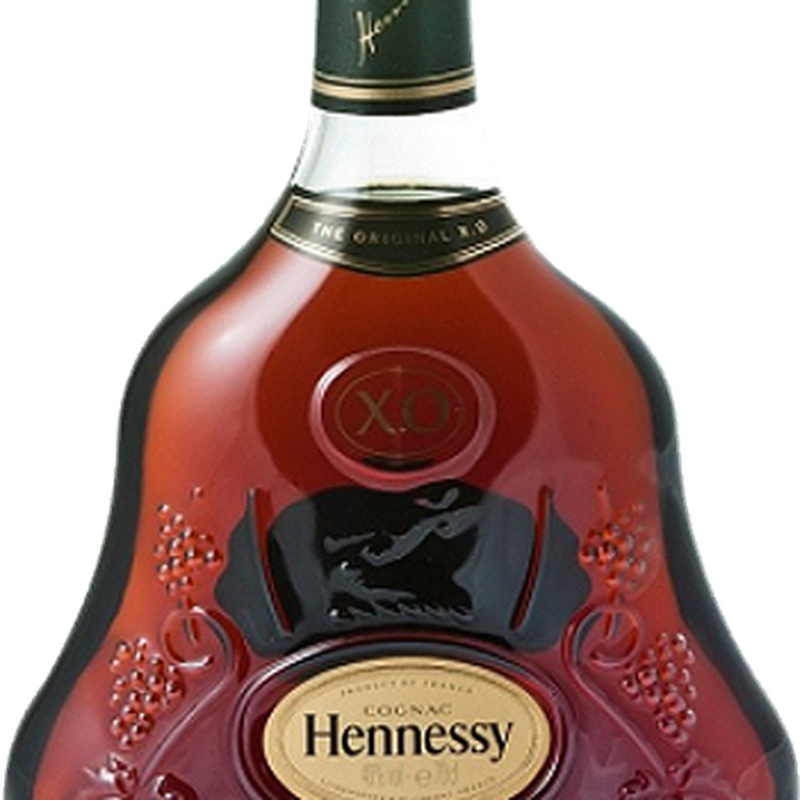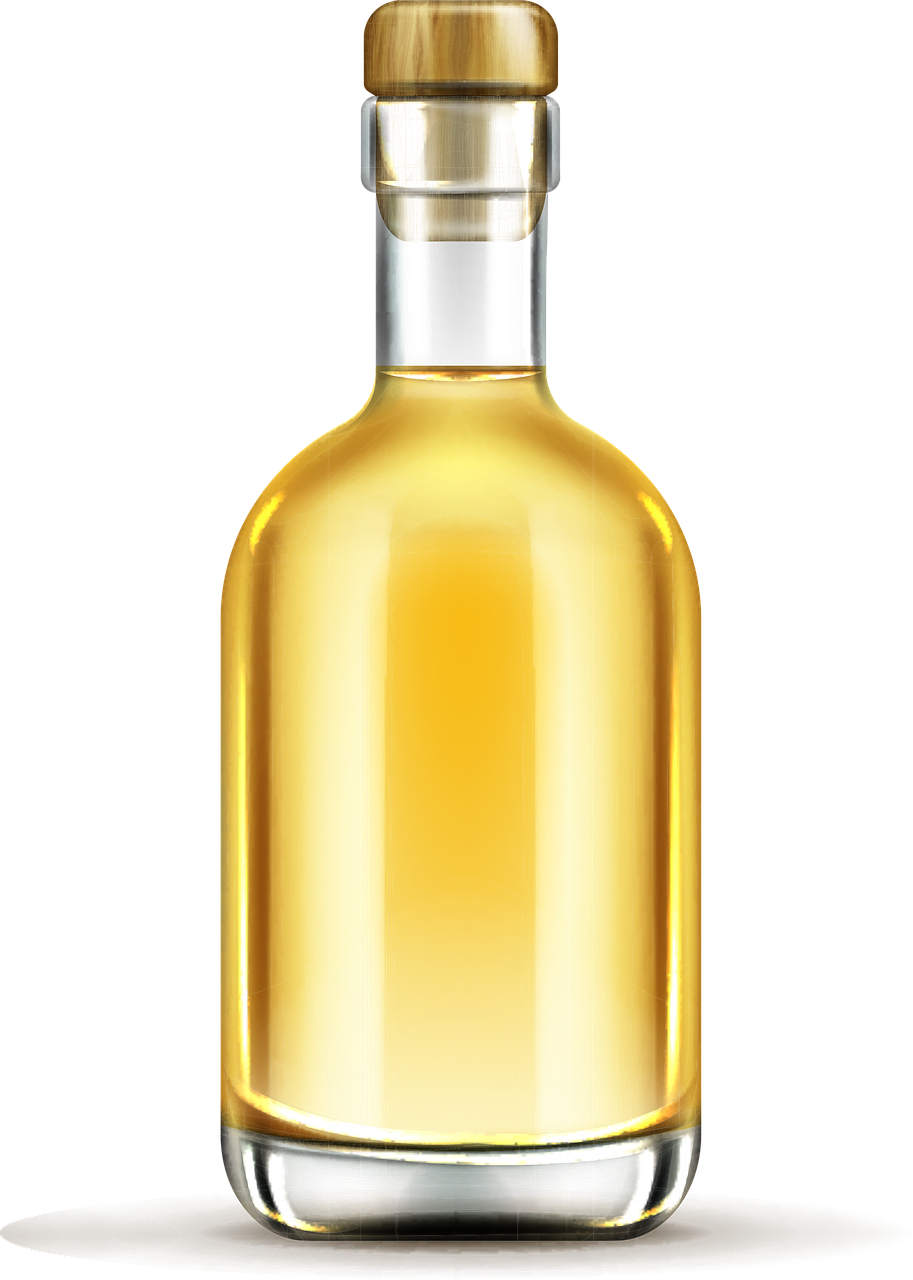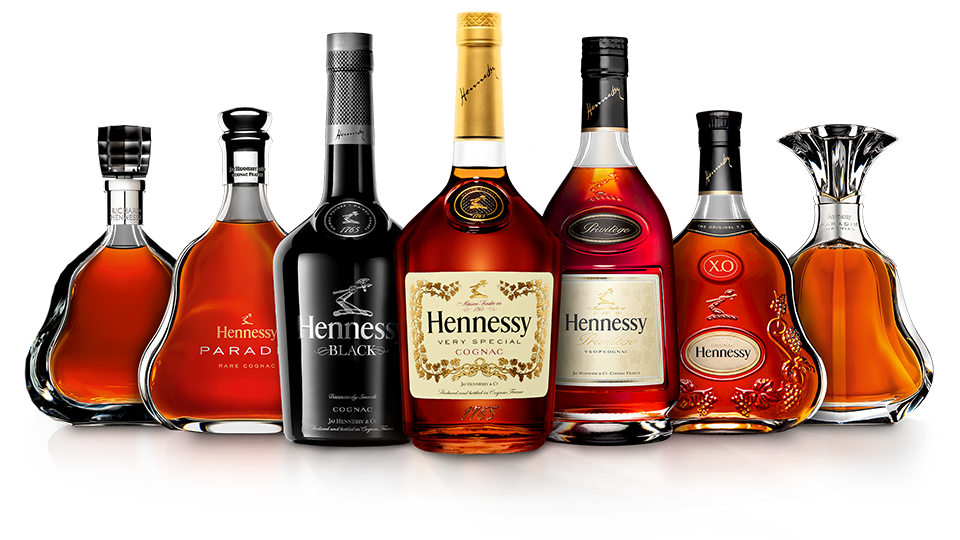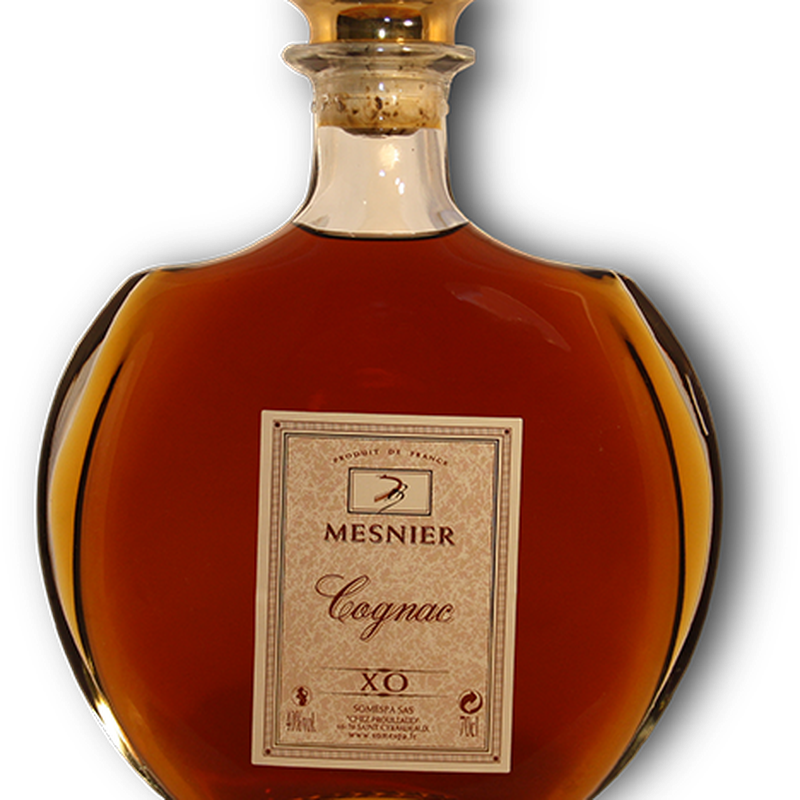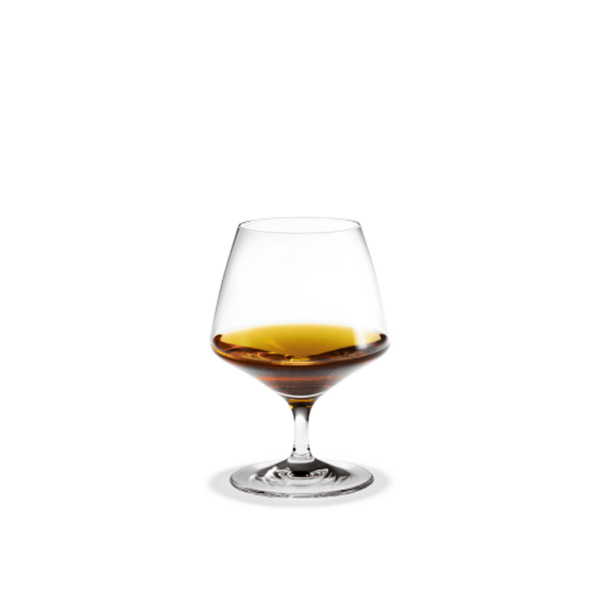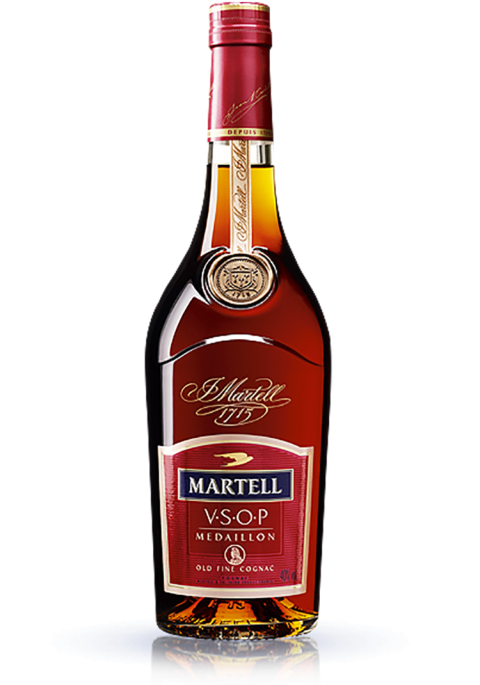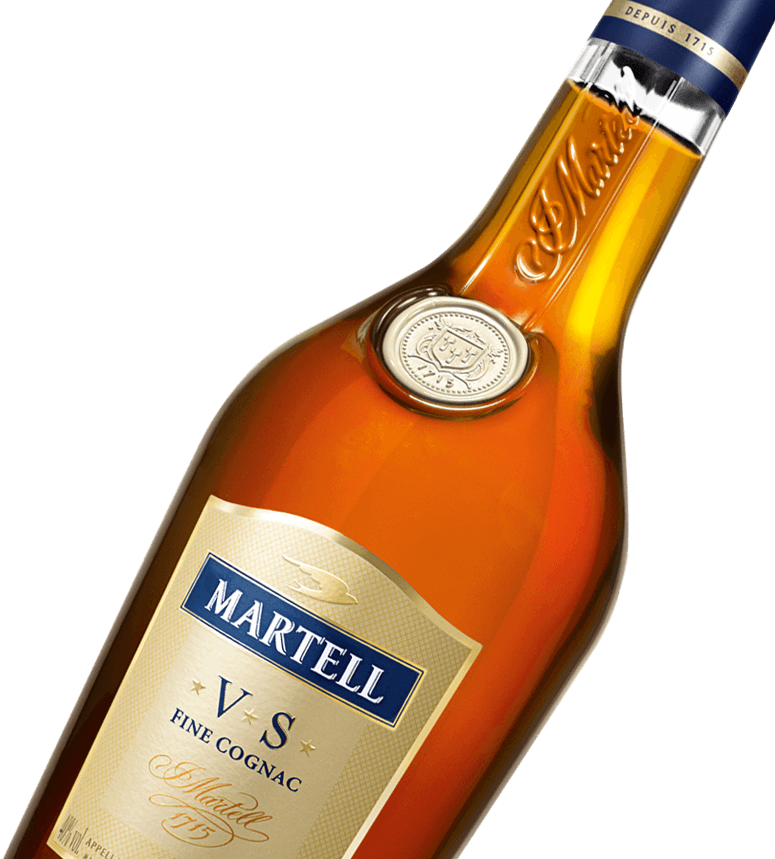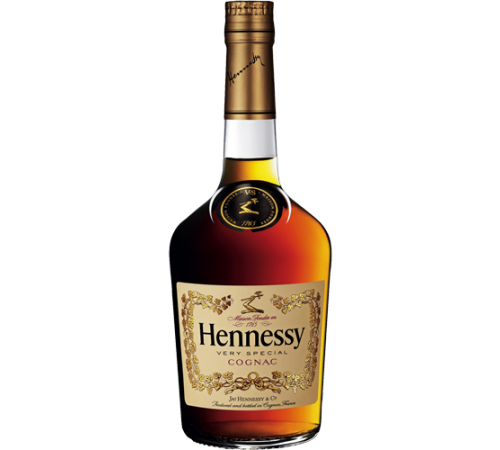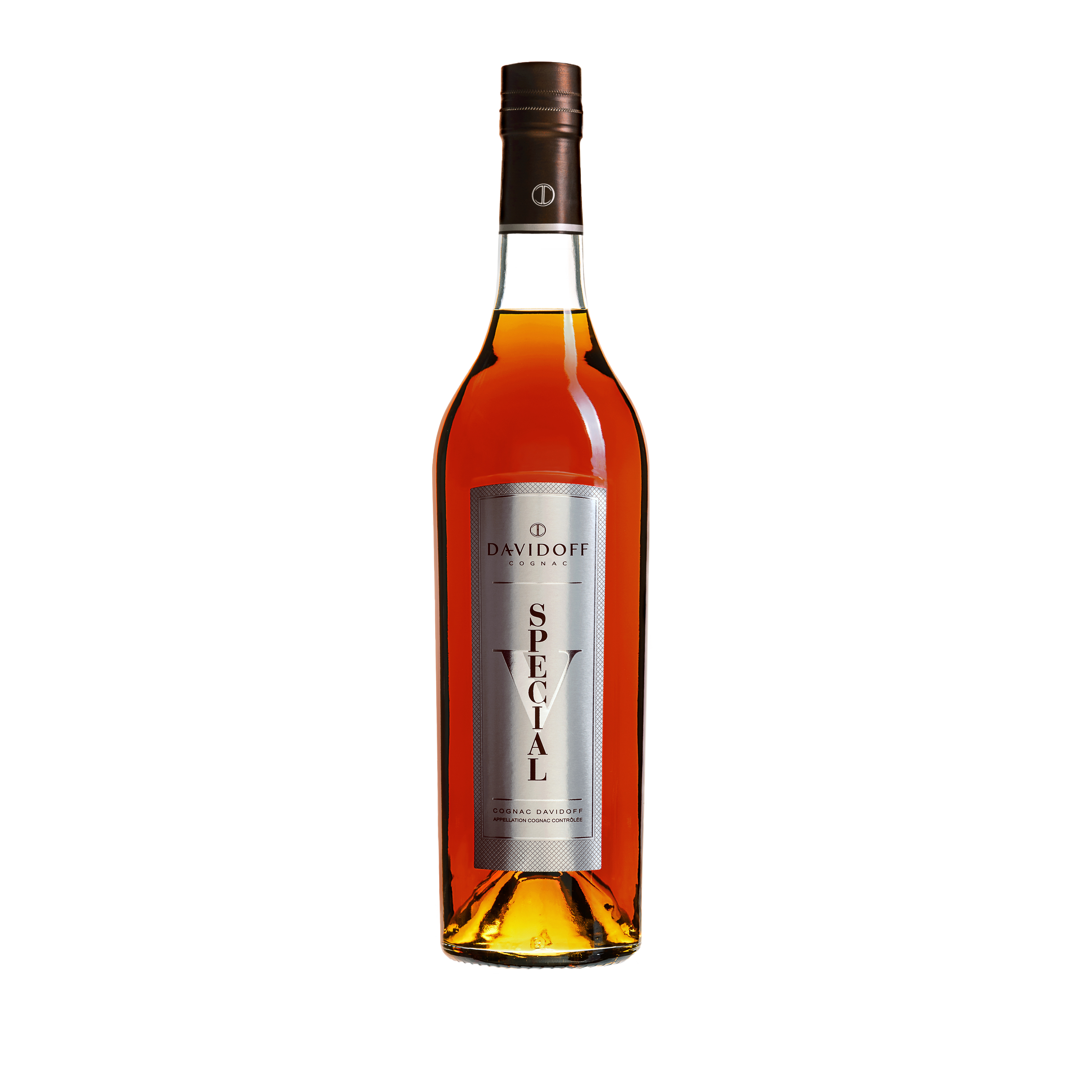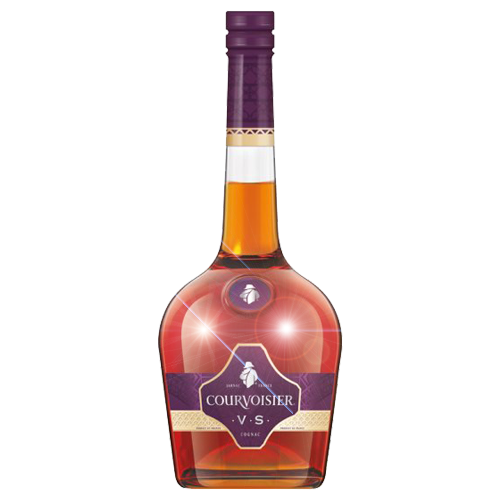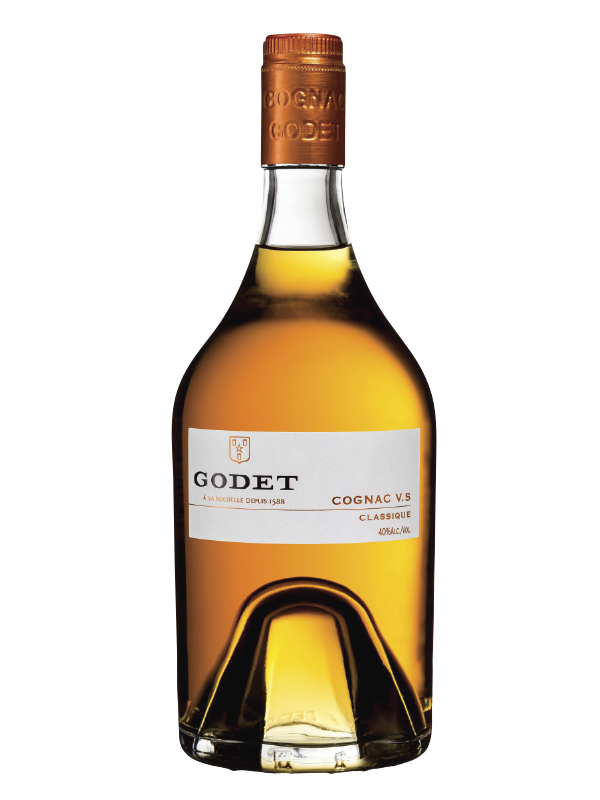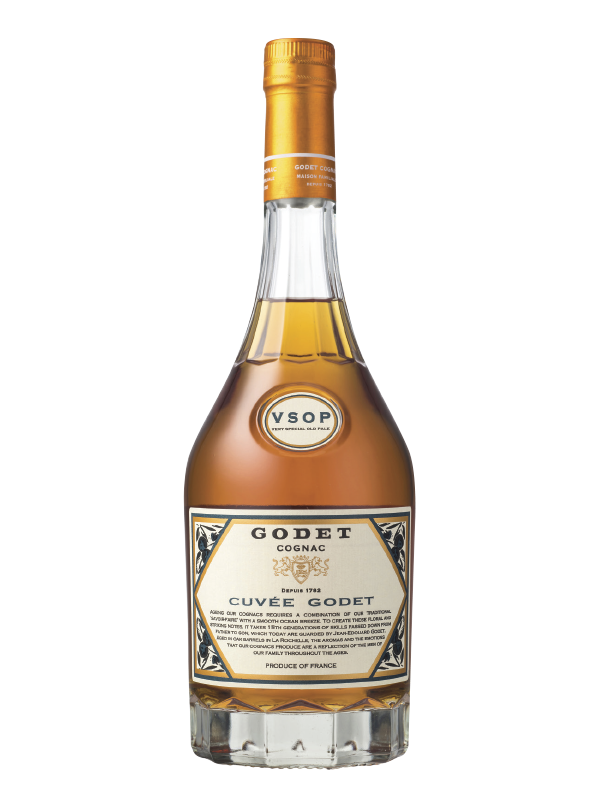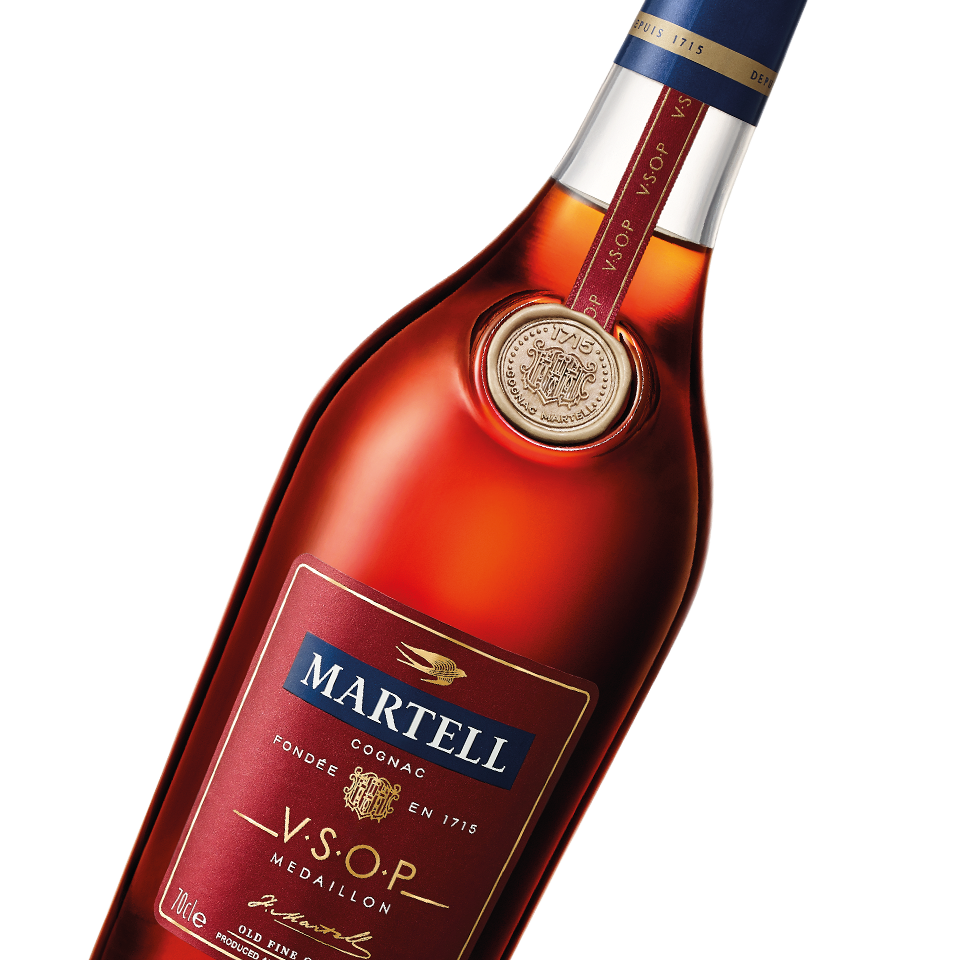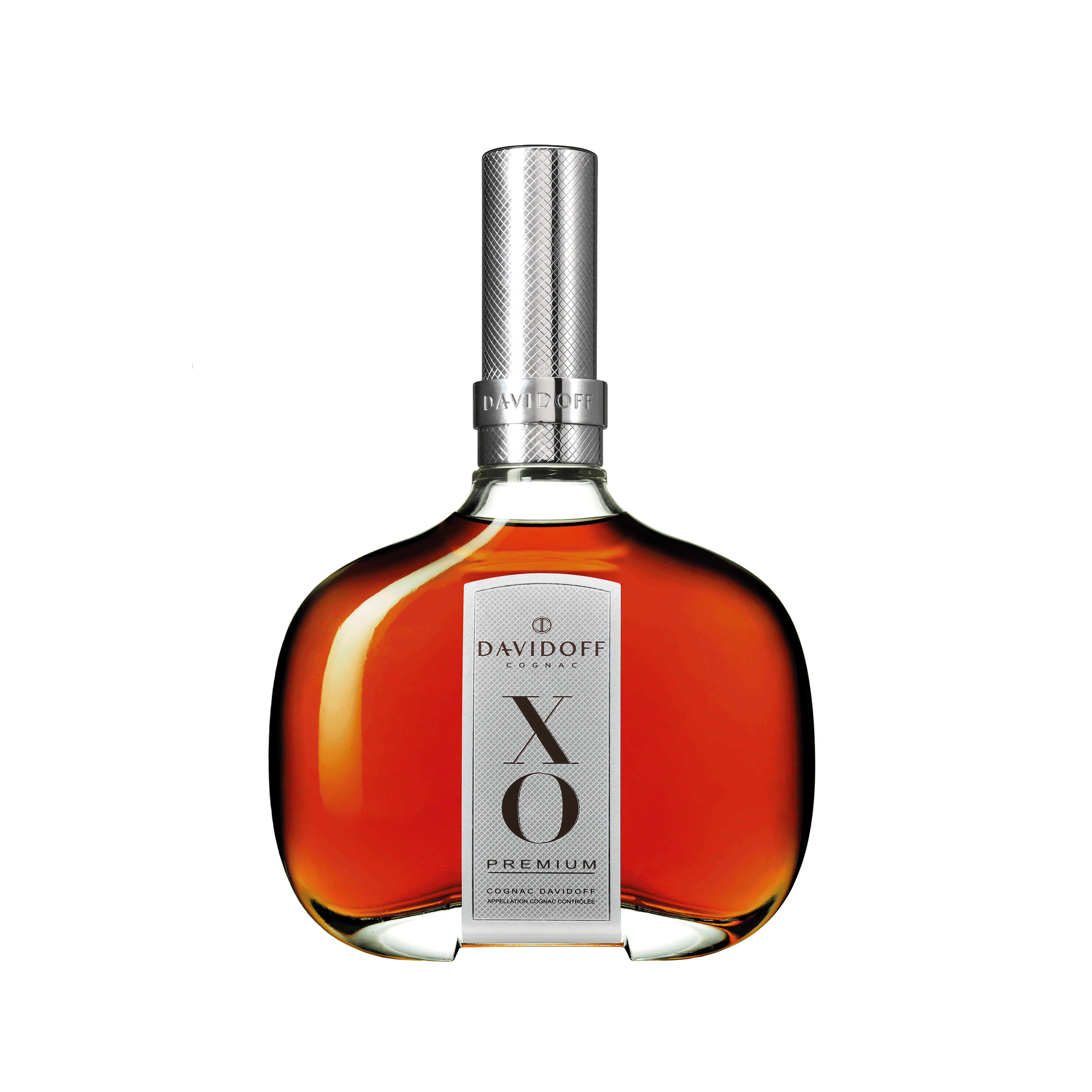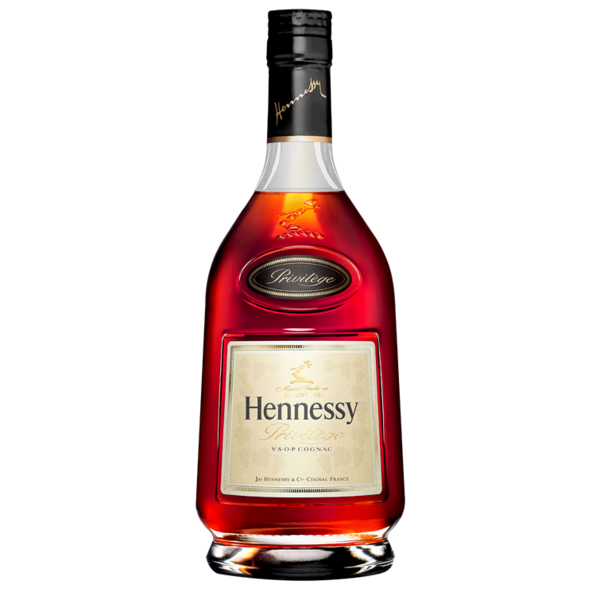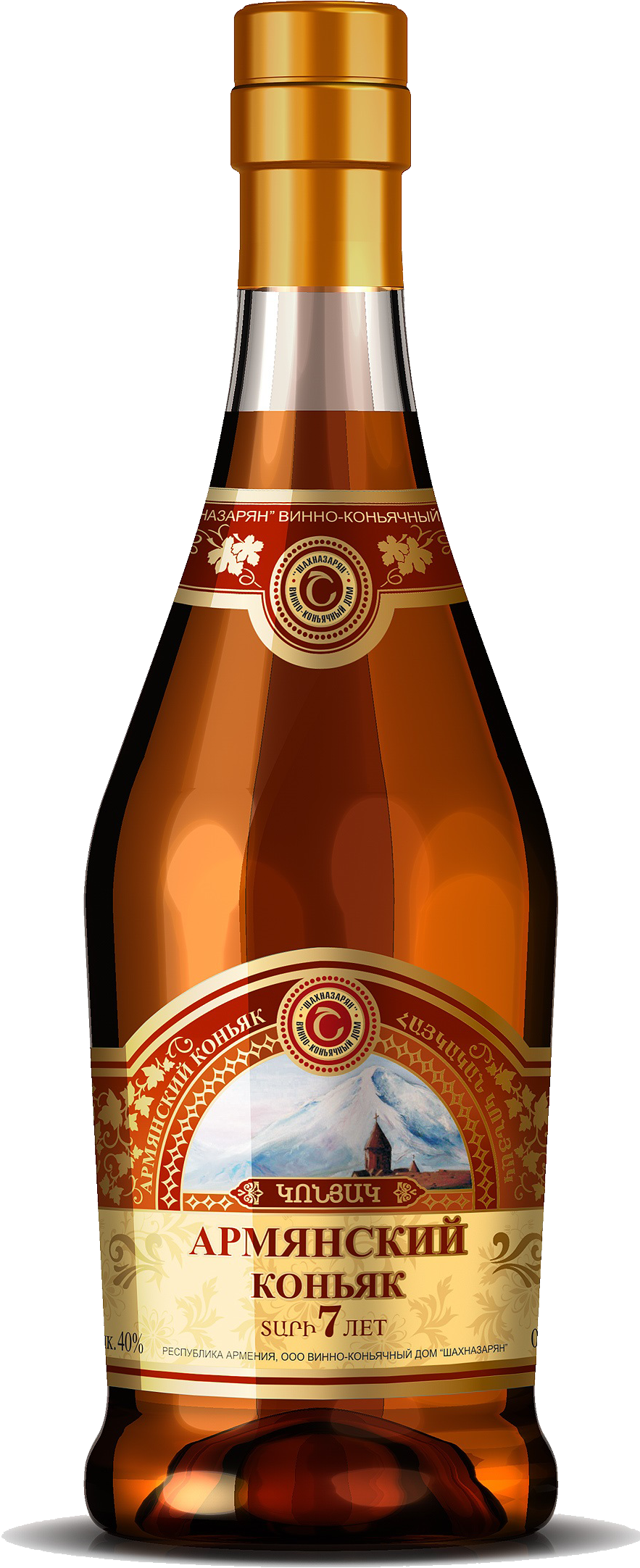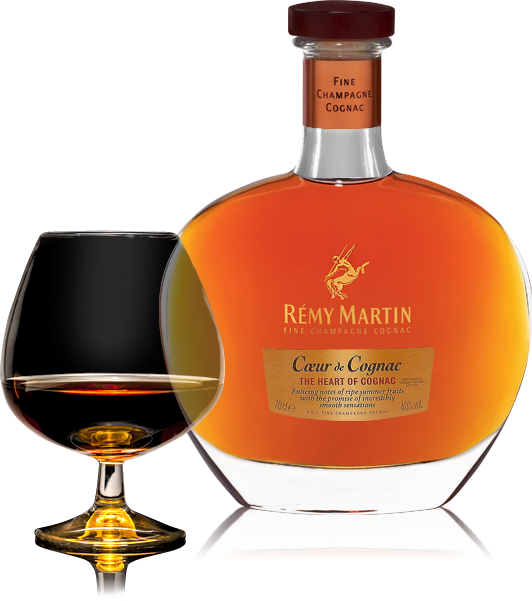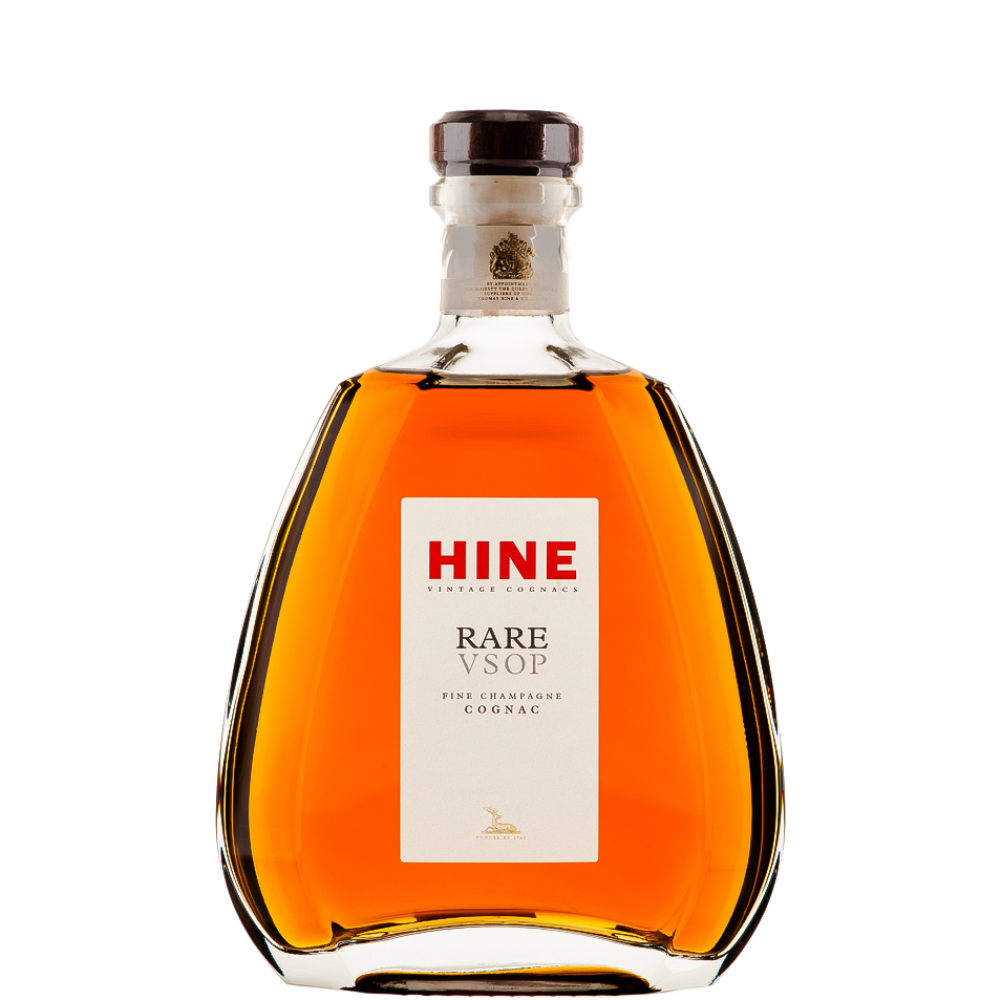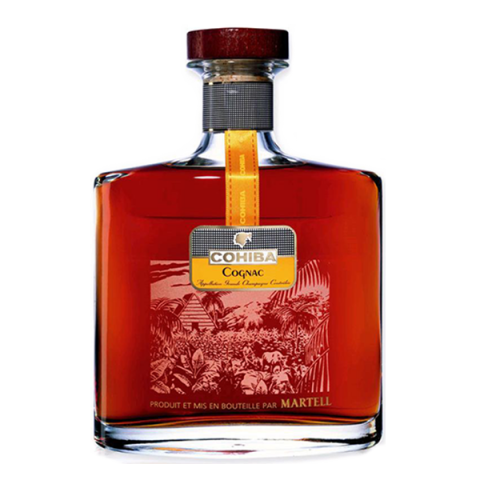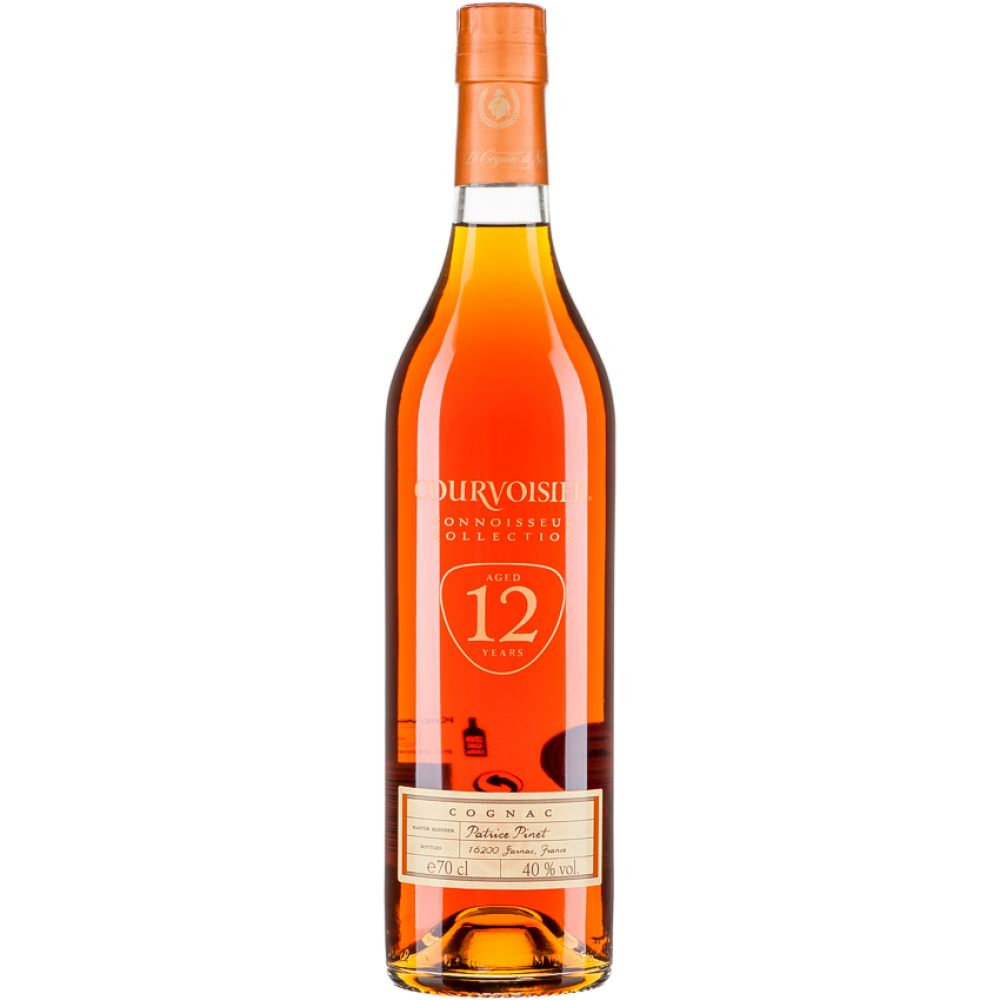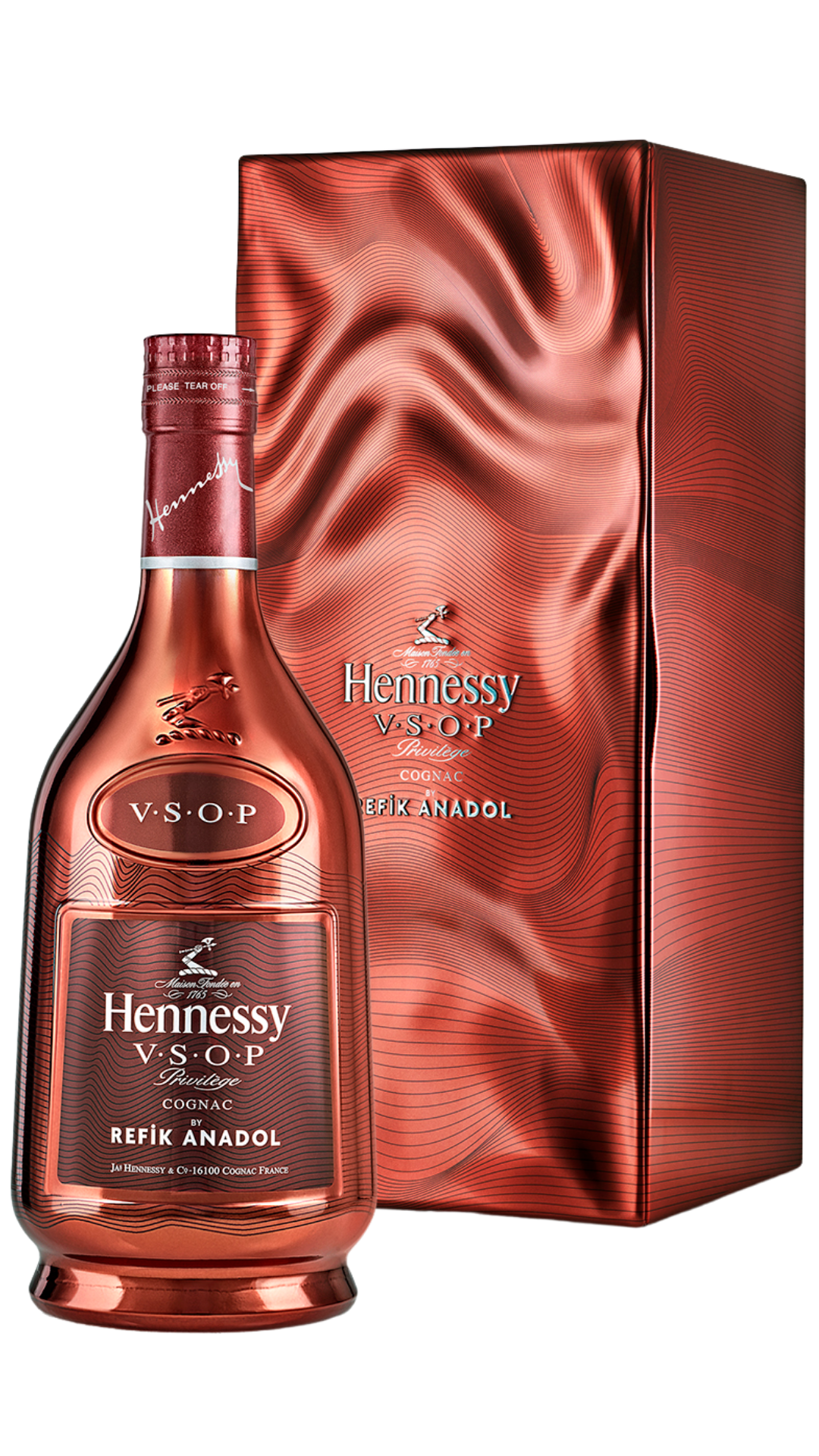Download top and best high-quality free Cognac PNG Transparent Images backgrounds available in various sizes. To view the full PNG size resolution click on any of the below image thumbnail.
License Info: Creative Commons 4.0 BY-NC
Cognac is a brandy varietal named after the French municipality of Cognac. It’s made in the Charente and Charente-Maritime departments, in the adjacent wine-growing region.
Cognac production is regulated by the French appellation d’origine contrôlée (AOC), which means that production processes and naming must adhere to strict legal guidelines. Ugni blanc, often known as Saint-Émilion in the region, is the most extensively used of the mentioned grapes. The brandy must be distilled twice in copper pot stills and matured for at least two years in Limousin or Tronçais French oak barrels. Cognac develops in the same manner as whiskies and wines do in barrels, with most cognacs spending far more time “on the wood” than the legal minimum.
Cognac is a sort of brandy that is also known as eau de vie once it has been distilled and aged. It’s made by distilling grapes from any of the specified growing zones twice.
Although it has been described as “nearly undrinkable,” the white wine used to make cognac is exceedingly dry, acidic, and thin, making it ideal for distillation and maturing. It can only be prepared from a limited number of grape types. To be designated a real cru, the wine must include at least 90% Ugni blanc (also known as Trebbiano in Italy), Folle blanche, and Colombard, with up to 10% Folignan, Jurançon blanc, Meslier St-François (also known as Blanc Ramé), Sélect, Montils, or Sémillon. Cognacs without a cru designation are permitted to use more grape types, including at least 90% Colombard, Folle blanche, Jurançon blanc, Meslier Saint-François, Montils, Sémillon, or Ugni blanc, and up to 10% Folignan or Sélect.
After crushing the grapes, the juice is left to ferment for 2″3 weeks, with the sugar converted to alcohol by the region’s native, wild yeasts; no sugar or sulfur may be added. The resultant wine is roughly 7 to 8% alcohol at this time.
Distillation takes conducted in traditionally formed Charentais copper alembic stills, which are likewise regulated in terms of design and proportions. Two distillations are required; the resulting eau de vie is a colorless spirit containing approximately 70% alcohol.
After distillation, it must be aged for at least two years in Limousin wood casks before being offered to the general public. It’s usually placed into barrels with a 70 percent alcohol by volume strength. Cognac evaporates at a rate of roughly 3% per year when it interacts with the wood barrel and the air, slowly losing both alcohol and water. La portion des anges, or “the angels’ share,” is how the locals refer to this phenomena.
When a cognac spends more than ten years in an oak barrel, the alcohol concentration drops to 40% by volume. After that, the cognac is put to “huge glass bottles known as bonbonnes,” where it is preserved for future “blending.” Longer age durations may not be useful since oak barrels quit producing flavor after four or five decades.
The cognac’s age is determined by the youngest component included in the mix. The mix is generally made up of various ages and (in the case of the larger and more commercial growers) from several geographical locations. This mixing, or marriage, of several eaux de vies is necessary to provide a variety of flavors not found in a single distillery or vineyard’s eau de vie. Each cognac house employs a master taster (maître de chai) who is in charge of mixing the spirits to ensure that the company’s cognac has a constant house style and quality.
It’s comparable to the procedure of mixing whiskey or non-vintage Champagne to produce a consistent brand flavor in this regard. Only a few manufacturers, such as Guillon Painturaud and Moyet, do not combine their final product from different ages of eaux de vie in order to get a “purer” flavor.
Hundreds of wineries sell their own cognac in the Cognac AOC region. These are also blended from multiple years’ eaux de vie, but they are single-vineyard cognacs that vary significantly from year to year and according to the producer’s preferences, so they lack the predictability of the more well-known commercial brands. Small producers may sell a bigger or lesser part of their product to individual consumers, wine dealers, pubs, and restaurants, depending on their marketing performance, with the balance being purchased by larger cognac firms for mixing.
Download Cognac PNG images transparent gallery.
- Cognac Glass PNG
Resolution: 683 × 720
Size: 67 KB
Image Format: .png
Download
- Cognac PNG HD Image
Resolution: 704 × 704
Size: 209 KB
Image Format: .png
Download
- Cognac Drink PNG Image
Resolution: 800 × 800
Size: 619 KB
Image Format: .png
Download
- Cognac Drink PNG Images
Resolution: 913 × 1280
Size: 470 KB
Image Format: .png
Download
- Cognac PNG Picture
Resolution: 960 × 540
Size: 560 KB
Image Format: .png
Download
- Cognac Drink PNG Photo
Resolution: 800 × 800
Size: 662 KB
Image Format: .png
Download
- Cognac Glass
Resolution: 600 × 600
Size: 54 KB
Image Format: .png
Download
- Cognac PNG Clipart
Resolution: 480 × 685
Size: 205 KB
Image Format: .png
Download
- Cognac PNG
Resolution: 512 × 512
Size: 28 KB
Image Format: .png
Download
- Cognac Drink
Resolution: 775 × 859
Size: 128 KB
Image Format: .png
Download
- Cognac Drink PNG Photos
Resolution: 500 × 450
Size: 115 KB
Image Format: .png
Download
- Cognac PNG Image
Resolution: 4096 × 4096
Size: 3640 KB
Image Format: .png
Download
- Cognac PNG Pic
Resolution: 500 × 500
Size: 117 KB
Image Format: .png
Download
- Cognac PNG Photos
Resolution: 600 × 800
Size: 212 KB
Image Format: .png
Download
- Cognac Transparent
Resolution: 600 × 800
Size: 224 KB
Image Format: .png
Download
- Cognac
Resolution: 960 × 960
Size: 736 KB
Image Format: .png
Download
- Cognac PNG Photo
Resolution: 4096 × 4096
Size: 1491 KB
Image Format: .png
Download
- Cognac PNG Cutout
Resolution: 600 × 600
Size: 215 KB
Image Format: .png
Download
- Cognac PNG File
Resolution: 883 × 2164
Size: 1307 KB
Image Format: .png
Download
- Cognac Drink PNG Pic
Resolution: 532 × 601
Size: 251 KB
Image Format: .png
Download
- Cognac Drink PNG File
Resolution: 1000 × 1000
Size: 492 KB
Image Format: .png
Download
- Cognac Drink PNG
Resolution: 480 × 480
Size: 193 KB
Image Format: .png
Download
- Cognac PNG Images
Resolution: 1000 × 1000
Size: 317 KB
Image Format: .png
Download
- Cognac Drink PNG Cutout
Resolution: 1080 × 1920
Size: 2891 KB
Image Format: .png
Download
